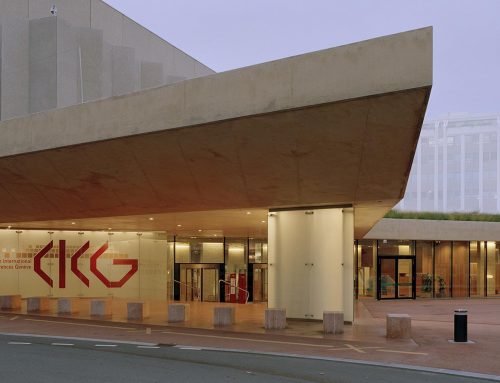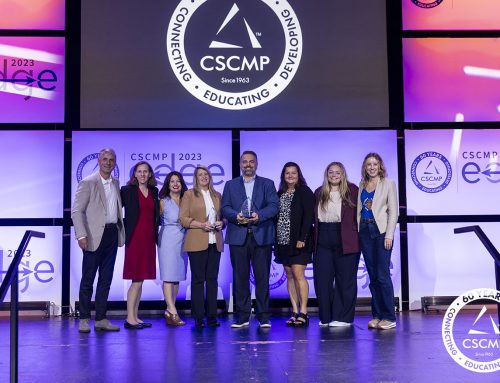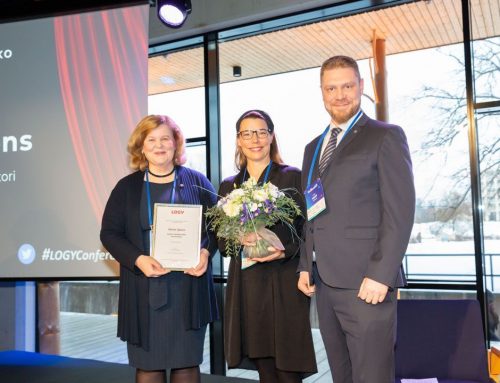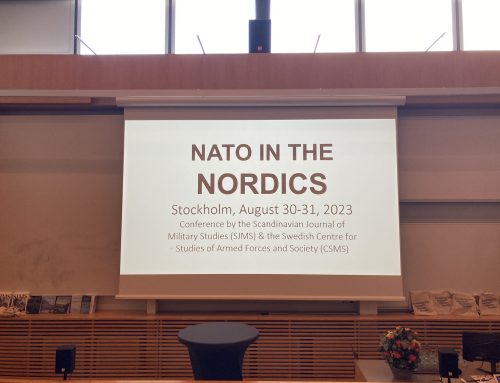22.01.2021
Today starts a blog series including 5 articles presenting the results of the science competition organised by the Global Business School Network and the HUMLOG Institute at Hanken School of Economics: The HUMLOG Challenge. Each of the posts will be published in Friday afternoon weekly. Below you find the first post from a team representing The Goa Institute of Management in India. They performed within the top 5 presentations in the contest.
Cut to crush delay in sugarcane supply chain in India
By Mohamed Irfan M, Navya Khurana, Nipun Allurwar, Sartyaki Manna, Seemakshi Agarwal, PGDM – Big Data Analytics 2020-2022, Goa Institute of Management, India
Farmers of India face lot of issues starting from cultivating the crop till receiving proper monetary returns for their cultivated crops. The existing agricultural economy with various flaws and unexpected climatic changes pose major threat to farmers from receiving proper return on investment. This has made many farmers to leave farming and move to other employment opportunities. Here we have discussed one of the issues faced by Sugarcane farmers and have proposed a supply chain solution to it.
Sugarcane is a perishable crop and once it is harvested, the sugar content of crop starts reducing, leading to overall reduction in the weight of the crop. Hence it is necessary to crush the crop and extract the juice from it immediately in the nearby Sugar mill. The time taken between cutting the crop in farmland and crushing it in sugar mill is called ‘Cut to Crush’ delay. The ideal acceptable Cut to Crush delay is 24 hours and further delay reduces the crop’s sugar content at faster rate and thereby reducing the quantity of sugar produced in the sugar mill. Based on our analysis the cut to crush delay was more than 48 hours. Sugarcane farmers receive payments from sugar mills on basis of weight of the sugarcane delivered. The reduction in weight of sugarcane reduces the amount of money that is paid to farmers. Additionally, mills keep the payments to farmers in due for more than 2 years as they enjoy monopoly in this economy. The overall monetary value lost because of cut to crush delay is huge. Generally, in India, 115 kgs of sugar is extracted from one tonne of sugarcane and researchers have estimated that there is loss of 5-10 kgs of sugar per tonne of sugarcane because of cut to crush delay and loss is higher during summer. India being the second largest producer of Sugar, the issue of cut to crush delay is widely present and our team was focused to find a feasible supply chain solution to reduce the cut to crush delay so that sugarcanes are delivered to sugar mill within less time and crushed immediately.
We chose the Indian states of Uttar Pradesh, Maharashtra and Tamil Nadu as our primary ground of research to understand the existing supply chain functionalities. Our primary research involved telephonic interviews and surveys with farmers and field experts especially who are in social media, analysing published papers, studying articles related to industry and following the current news related to industry. From our primary research, we found that the Sugarcane crop goes through 4 important stages in the entire supply chain HARVESTING -> TRANSPORTATION -> WEIGHING -> CRUSHING. The time delay in each stage is combined to cause Cut to Crush delay and each stage has its own one or many micro components which are responsible for causing delay. Below are the issues we found during our research.
| Stages | Issues |
| Harvesting | • Poor labour management and lack of machinery results in longer harvest time • Non-adherence to pre-booked crushing time slot |
| Transportation | • Non-availability of timely logistic services from mill or third-party service providers |
| Weighing | • Huge queue of vehicles outside mill to weigh the sugarcane • Poor cane delivery scheduling and communication between farmers and mills |
| Crushing | • Poor maintenance and operations management by mill • Unexpected Shutdowns and delay in cane procurement • Mills do not operate with optimum capacity |
Through our secondary research we identified that there is no scarcity of resources for better functioning of supply chain but the resources available are not properly utilized and managed. we identified that the main reason which is causing the issues in each stage is the improper collaboration and poor communication between various stakeholders like farmers, mill management and other third-party service providers involved in the supply chain and then the poor management when it comes to functioning of sugar mills.
Hence, as a part of solution to reduce cut to crush delay, we designed and proposed a development of a software application called ‘Industry Resource Planning’ (term coined by us) in short it is IRP. IRP will be an integrated digital platform and it will be an advanced level of ‘Enterprise Resource Planning’ software which is in generally practise. All the stakeholder, service providers involved in the supply chain will be made to register in the digital platform and platform will be designed in such a way that it will bring transparency in the system and increase collaboration between stakeholders by establishing proper communication between them and also provide platform to schedule activities like sugarcane delivery to mills. All necessary services that each stakeholder wants to avail will be made readily available through IRP and make them aware of the status. All movements in the supply chain will be monitored by IRP to identify where are things getting halted and who is responsible for it and necessary steps will be initiated to quickly resume the flow. IRP will also bring mills operation under radar and will monitor their operations like sugarcane procurement and their payments to farmers to stop them from taking any advantage of monopoly. Apart from these, IRP will help to capture huge data which can be used by Government authorities to take strategic and policy decisions for the welfare of farmers and also to bring improvements in the industry.
We proposed that Government must take steps to build the IT infrastructure of this solution as the number of people involved in the industry are high. Low digital literacy among uneducated farmers can be a hurdle for proper implementation and necessary step have to be taken to address the issue. Successful implementation of this solution will have a positive impact on the farmers income and sugar and ethanol production of the country. As India is moving towards digitalization, this project will increase the digital literacy of farmers and will encourage them to adopt new and emerging technologies to their benefit.




